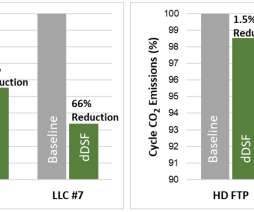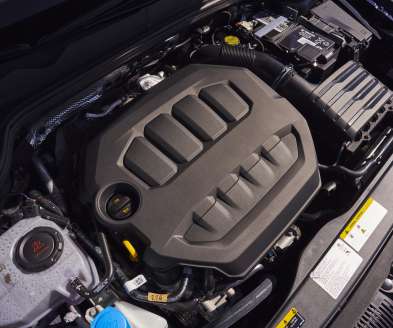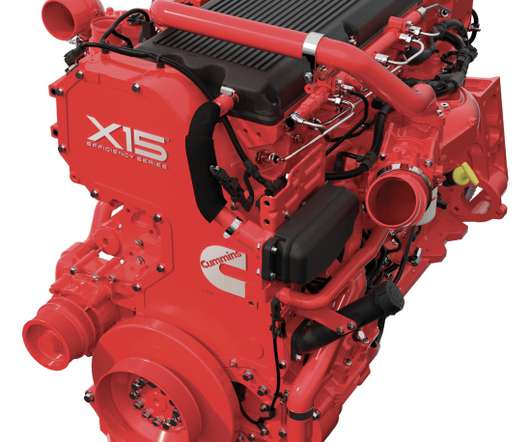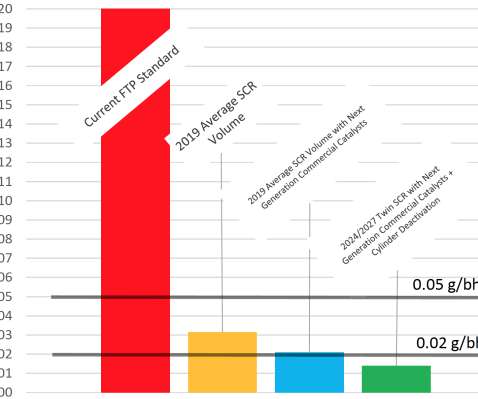Tula presenting diesel Dynamic Skip Fire technology at Future Diesel Powertrain Summit in Shanghai
Green Car Congress
SEPTEMBER 23, 2020
Tula Technology is presenting its diesel Dynamic Skip Fire (dDSF) technology ( earlier post ) at the 4 th Future Diesel Powertrain Summit China 2020 on 24-25 September 2020 in Shanghai, China. Engine controller with dDSF: Tula’s proprietary SW for smooth, efficient operation and fuel economy gains. dDSF Simulation Project.



































Let's personalize your content